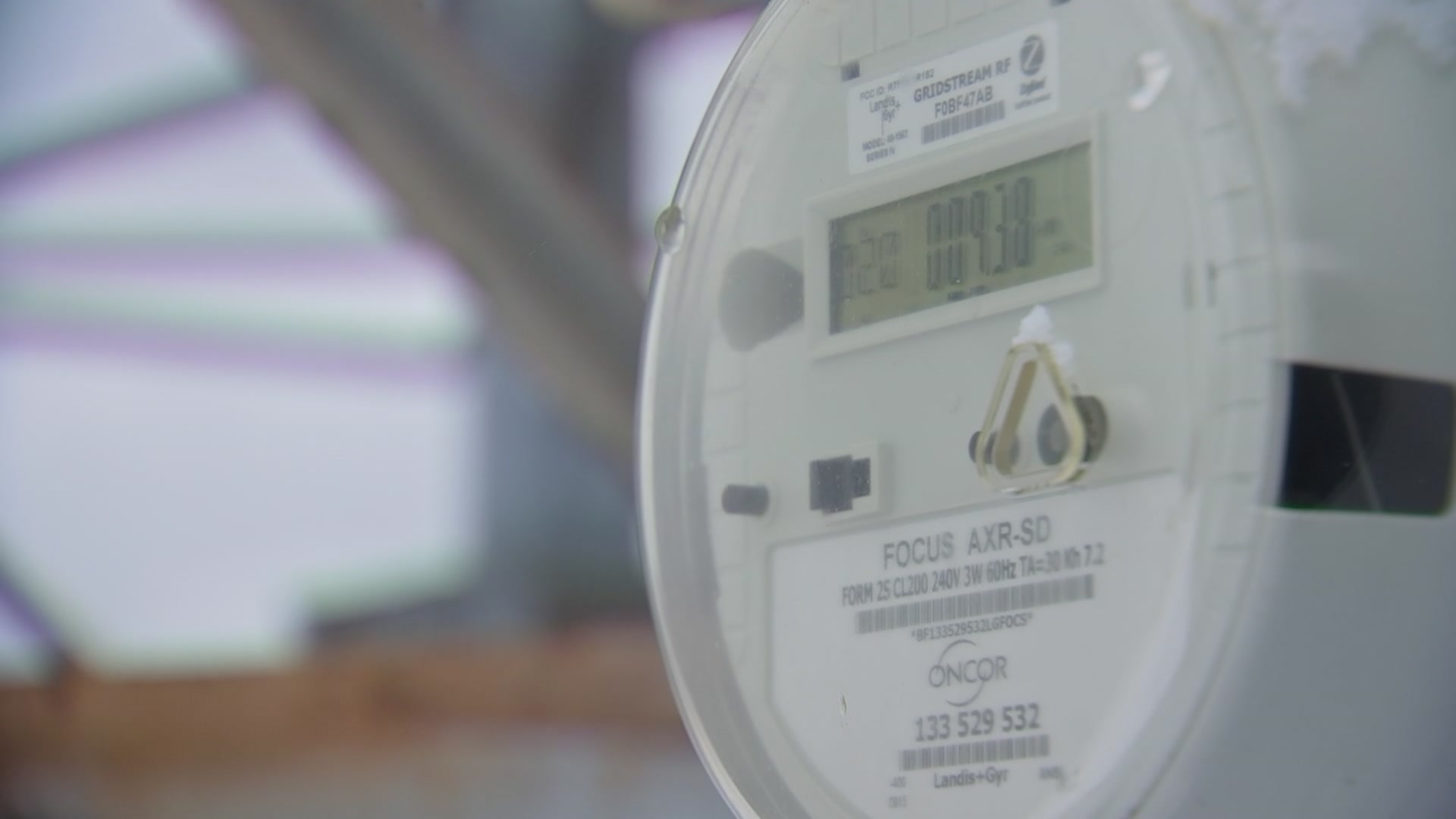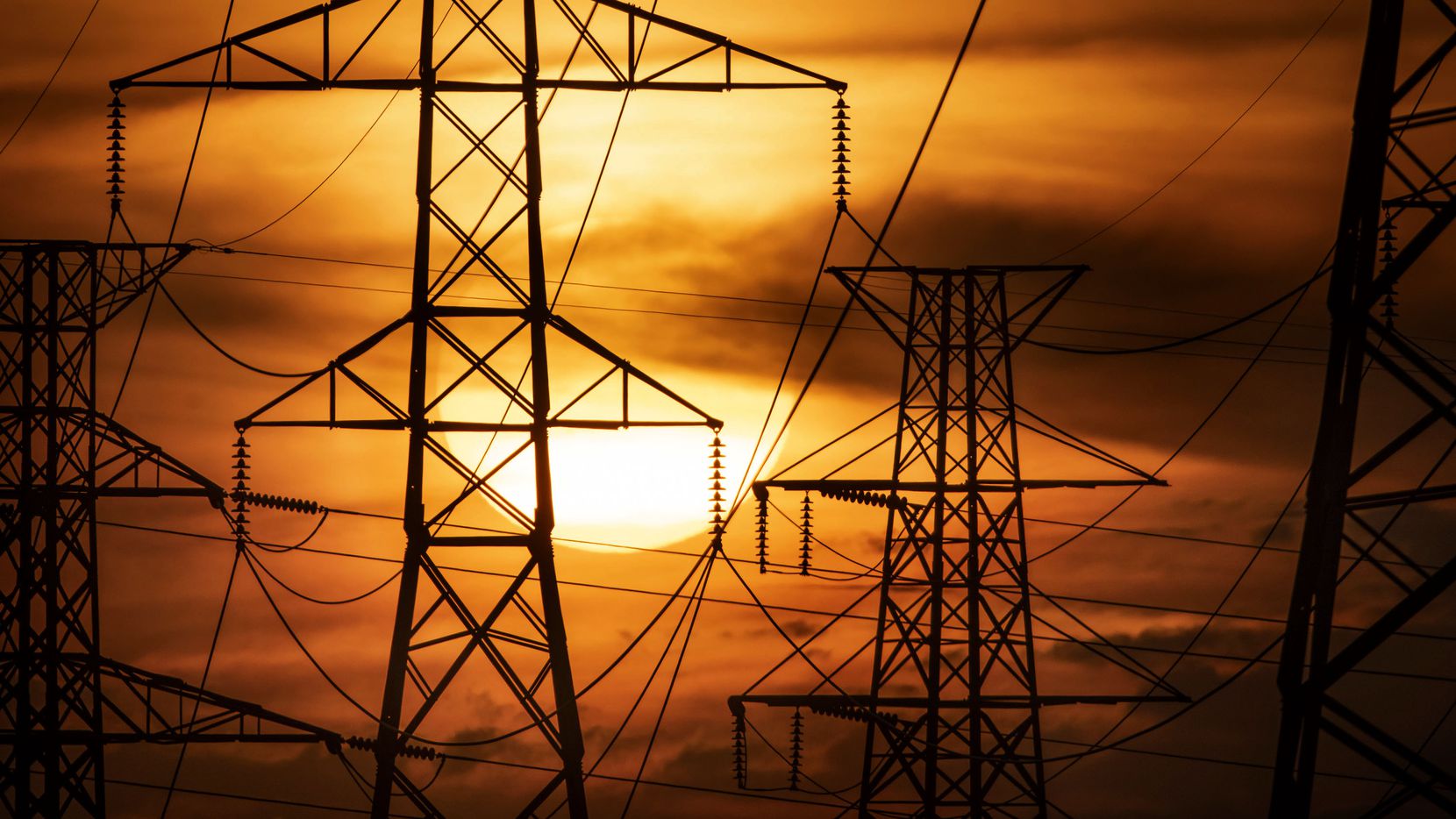Will North Texas see brownouts this summer? The operator of the state’s power grid on Wednesday revealed its forecast on how well the state can handle extremely hot days.
North Texas could experience brownouts this summer during extreme scenarios, according to the state's power grid operator.
On Wednesday, the Electric Reliability Council of Texas, or ERCOT, revealed a forecast on how well the grid can handle extremely hot days in the next several months. It’s part of a report called Seasonal Assessment of Resource Adequacy for the ERCOT Region (SARA), which is put together ahead of the winter and summer seasons.
Watch NBC 5 free wherever you are
While the data in the report is just a prediction, there is concern that demand will outpace the power supply this summer.
“On the hottest days of summer there is no longer enough on-demand, dispatchable power generation to meet demand in our system,” said Peter Lake, chairman of the Public Utility Commission of Texas.
Get top local stories in DFW delivered to you every morning with NBC DFW's News Headlines newsletter.
Dispatchable power is electricity that can be created on demand, from non-renewable coal, nuclear, or natural gas generation facilities and does not include renewable energy sources like solar or wind.
Those concerns were addressed in a press conference by PUC – which is the grid’s regulatory committee – and ERCOT.
"We are having to rely more on renewables during can peak conditions than we ever have before," said ERCOT's CEO, Pablos Vegas. "And as a result of this dynamic, this summer could have tighter hours than last summer, with a higher risk of emergency operations.”
Texas relies on coal, natural gas, and nuclear energy as its main sources of power. Renewable energy like wind and solar have supplemented that.
But the state's ongoing population boom is faster than the state's grid can keep up with.
"We have the equivalent of the entire city of Oakland, California moving to Texas every year. More devices, more demand for electricity. So it’s that increase in demand without the market incentives to increase the supply of the dispatchable power that is now the resource adequacy problem," Lake said.
He said from 2008 to 2022, Texas' on-demand dispatchable power supply grew only 1.5%. However, in that same timeframe, our population has grown by 24%.
"The Texas grid faces a new reality,” said Lake. “Data shows for the first time that the peak demand for electricity this summer will exceed the amount we can generate from on-demand dispatchable power, so we will be relying on renewables to keep the lights on."
He added that the landmark reforms passed last session have been utilized and put in place to ensure the grid operates more reliably than it has in the past.
"The challenges that we’ve been describing today have been on the horizon for several years," Lake said.
Vegas compared the grid to a car to better explain the situation.
“During winter storm Uri, the car didn’t start. It was not reliable and we had issues with reliability of the grid during that storm. In the two years that followed, significant investments and improvements have been made to ensure that the grid would be reliable and that the car would start," he explained. "So what we’re saying this summer is that the car is ready to go. It’s ready to run. It’s going to be reliable. However, we are asking it to go further without adding more reliable fuel. So now it’s a supply and demand issue."
Vegas said the demand this summer should surpass even last summer, which broke multiple records.
"When it comes to Texas, the term we should focus on is growth," said Vegas. "We saw several peak demand records set last year. Our all-time peak set last summer on July 20 was over 80,000 MW of demand. As we continue to experience substantial growth in population with more businesses moving to Texas, and a rapidly growing economy, the demand for energy is growing at a rapidly increasing pace.”
Lake said this summer, the riskiest hours on the hottest days could be closer to the 9 p.m. timeframe when solar power goes away with the sunset.
"It's still hot at 9 p.m. The sun sets faster than the atmosphere cools, and our solar generation is all gone. So at that point in the day, we will be relying on wind generation,” he said. "If the wind does not pick up, we will have to rely on our on-demand, dispatchable generators. And the data is showing us that on our hottest days under a certain set of circumstances, we may not have enough on-demand, dispatchable generation to cover the gap between when the sun sets -- and we lose the solar -- and when our wind generation picks up.”
So if there's not enough wind on those hottest days, outages are possible after sunset.
"This is not an operational issue, this is a supply and demand issue,” Lake said. “Operationally ERCOT is ready for this summer. The reliability reforms that were put in place have been tested and continue to work. We’ve made the grid we’ve got as strong as possible using every tool available.”
Right now, lawmakers in Austin are debating several proposals that could use taxpayer dollars to build more power plants to meet the demand. There were efforts during the last legislative session to help improve the grid.
“Before Yuri, nobody was really maintaining the car. With minimal margin of safety, there was no operating with abundance of caution. It was skating on a knife's edge," Lake said. "That’s why the legislature had the foresight to authorize us to make the changes and bring more units online sooner rather than later. That never happened before.”
ERCOT’s plan this summer is to ask Texans to conserve power and use other emergency reserve tools in place.
"We will continue to use every tool available to leave the lights on and the ACs running this summer,” said Lake. “But we do not have control over wind and sun."




